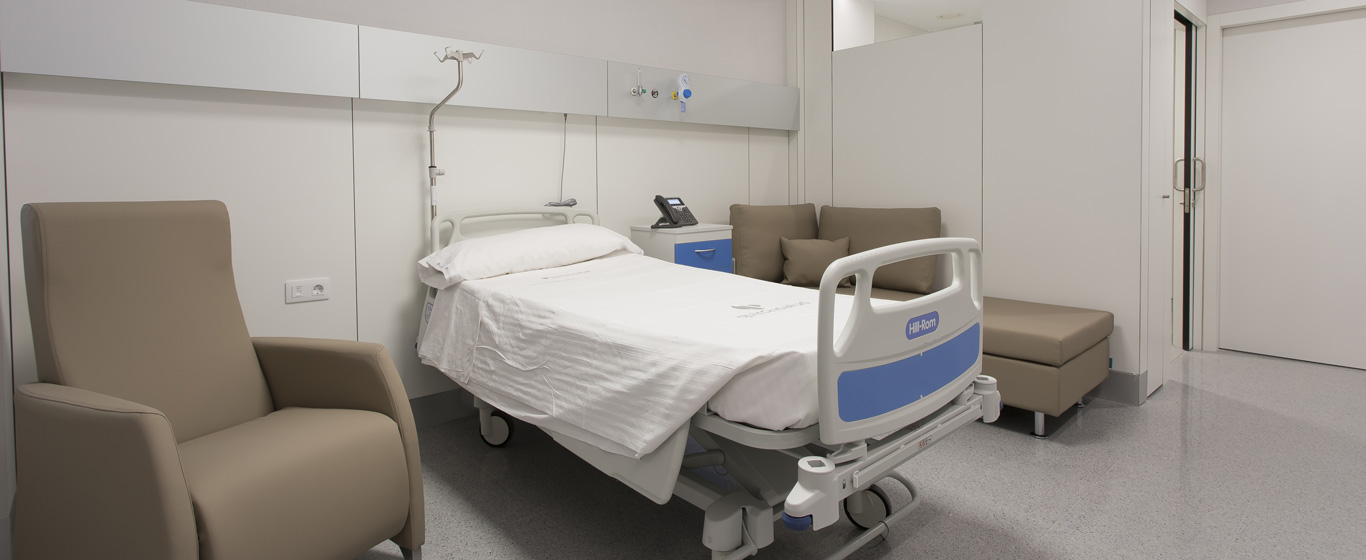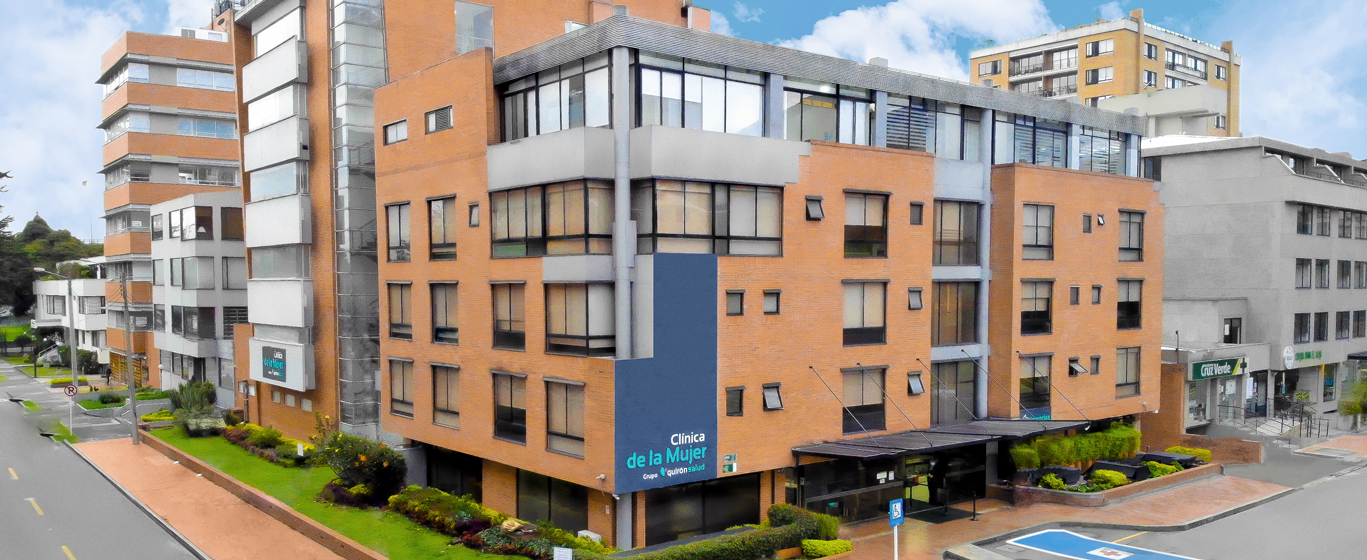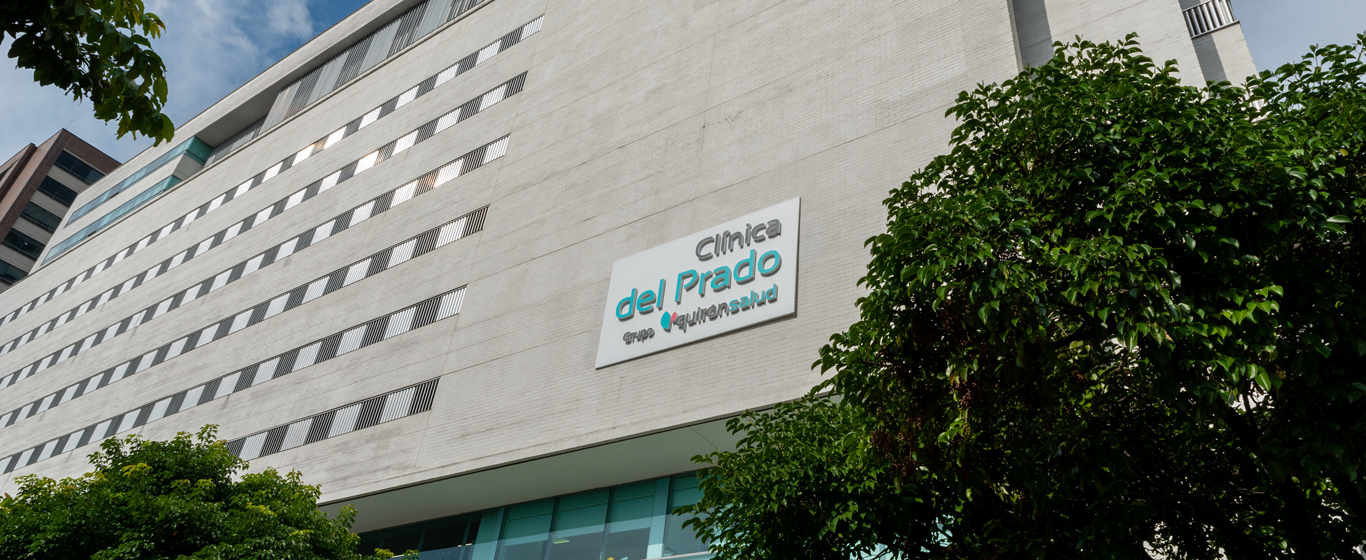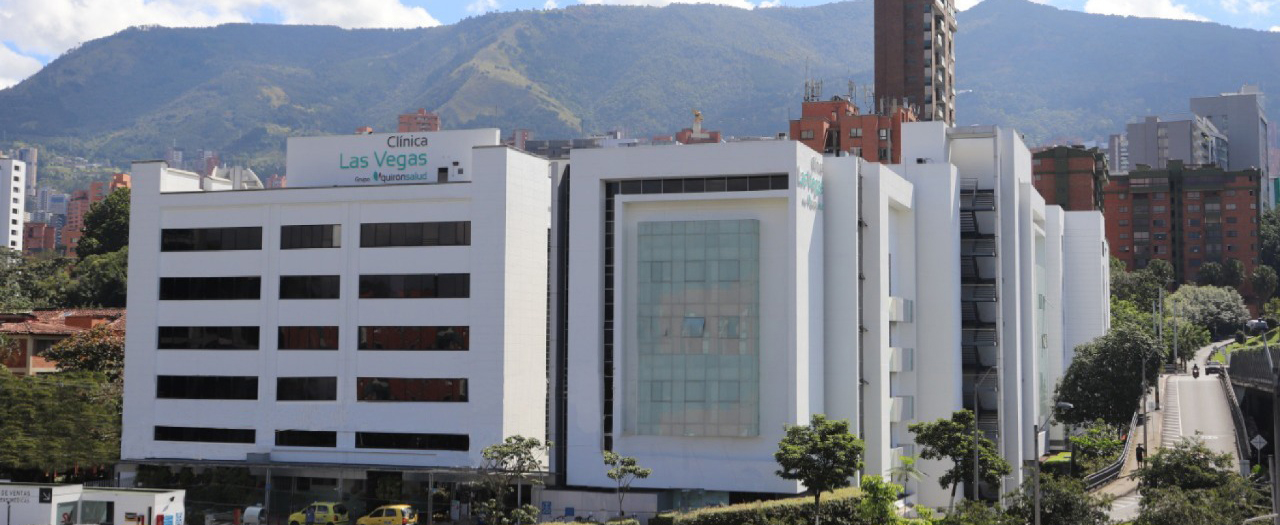Peritonitis
Is peritonitis serious? All the information on the causes, symptoms, and treatments for peritoneum inflammation.
Symptoms and Causes
Peritonitis is the inflammation of the peritoneum, which is the tissue that lines the abdominal wall and covers most of the abdominal organs. In most cases, it occurs as a result of an infection or irritation of the peritoneal cavity. It can occur in a specific area (localized peritonitis) or throughout the peritoneal cavity (generalized peritonitis).
Depending on how it progresses, it is referred to as:
- Acute peritonitis: occurs suddenly (usually as a result of an infection or the perforation of an organ) and progresses quickly.
- Chronic peritonitis: develops gradually due to persistent inflammation or recurrent infection.
Depending on its origin, peritonitis is divided into three different types:
- Primary or spontaneous peritonitis: occurs due to an infection of ascitic fluid (serous fluid that accumulates in the abdominal cavity) without an evident cause. It is the least common, although the most frequent in patients with cirrhosis.
- Secondary peritonitis: is caused by another infection:
- Fecaloid peritonitis: occurs when fecal contents leak into the peritoneal cavity due to a perforation in the digestive tract.
- Biliary peritonitis: occurs when pancreatic fluids leak into the peritoneum. It is rare and may cause pancreatitis.
- Peritonitis associated with the use of catheters (such as feeding tubes or dialysis).
- Tertiary peritonitis: usually refers to persistent peritonitis because the source of the infection cannot be controlled. It is uncommon but has a high mortality rate.
Acute peritonitis, which often results from a urinary tract infection or leakage through sutures in the digestive system, is a serious condition that requires immediate surgical treatment.
Symptoms
The common symptoms of peritonitis are:
- Abdominal pain (gradual or sudden).
- Abdominal bloating.
- Nausea and vomiting.
- Diarrhea or constipation.
- Fever.
- Difficulty passing gas.
- Low urine output.
- Difficulty breathing.
- Fatigue.
Causes
As mentioned earlier, the most common cause of peritonitis is the rupture of an abdominal organ, causing the leakage of visceral contents into the peritoneal cavity through perforation of the digestive tract, the gallbladder, leakage from digestive and urinary sutures, or gynecological infections. These perforations can occur as a result of:
- Tubes and catheters.
- Digestive system surgeries.
- Appendix rupture.
- Stomach ulcers.
- Pancreatitis: inflammation of the pancreas.
- Diverticulitis: infection of the digestive tract.
- Puncture wounds.
- Trauma.
Risk Factors
The risk of developing peritonitis increases in the following cases:
- Dialysis.
- Feeding tubes.
- Appendicitis: when untreated, an inflamed appendix may rupture and cause peritonitis.
- Crohn’s disease.
- Pancreatitis.
- Diverticulitis.
- Stomach ulcers.
Complications
It is crucial to detect and treat peritonitis as soon as possible. Otherwise, it can lead to septicemia (a generalized infection throughout the body) that may cause death.
Prevention
In many cases, preventing peritonitis is difficult. People undergoing peritoneal dialysis should take extra hygiene precautions to avoid infections. It is recommended to wash hands and skin before inserting the catheter and to wear a mask during the procedure.
Which doctor treats peritonitis?
General and digestive system surgeons, as well as emergency room doctors and intensivists, treat peritonitis.
Diagnosis
To diagnose peritonitis, the process begins with the medical history and a physical examination in which the abdomen is palpated for areas of pain and tenderness. To confirm the suspicion, the following tests are used:
- Blood tests to detect the presence of an infection.
- Ultrasound or MRI of the abdomen to assess the extent of the infection.
- Analysis of peritoneal fluid to check for an increase in white blood cells, indicating inflammation.
Treatment
The treatment of peritonitis includes addressing both the infection and the underlying cause:
- Antibiotics: destroy the bacteria present in the body.
- Pain relievers: ease the pain.
- Surgery:
- Removal of infected tissue.
- Extraction of ascitic fluid if necessary.
- Treatment of the cause: repair of the perforation, removal of the appendix, or closure of the ulcer.






































































































